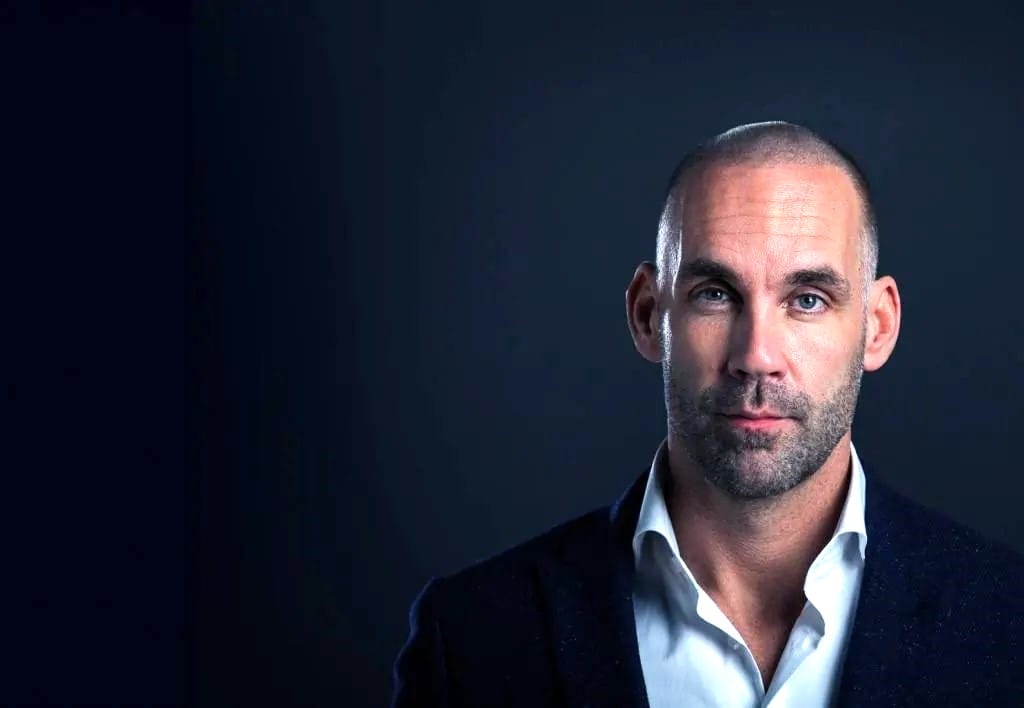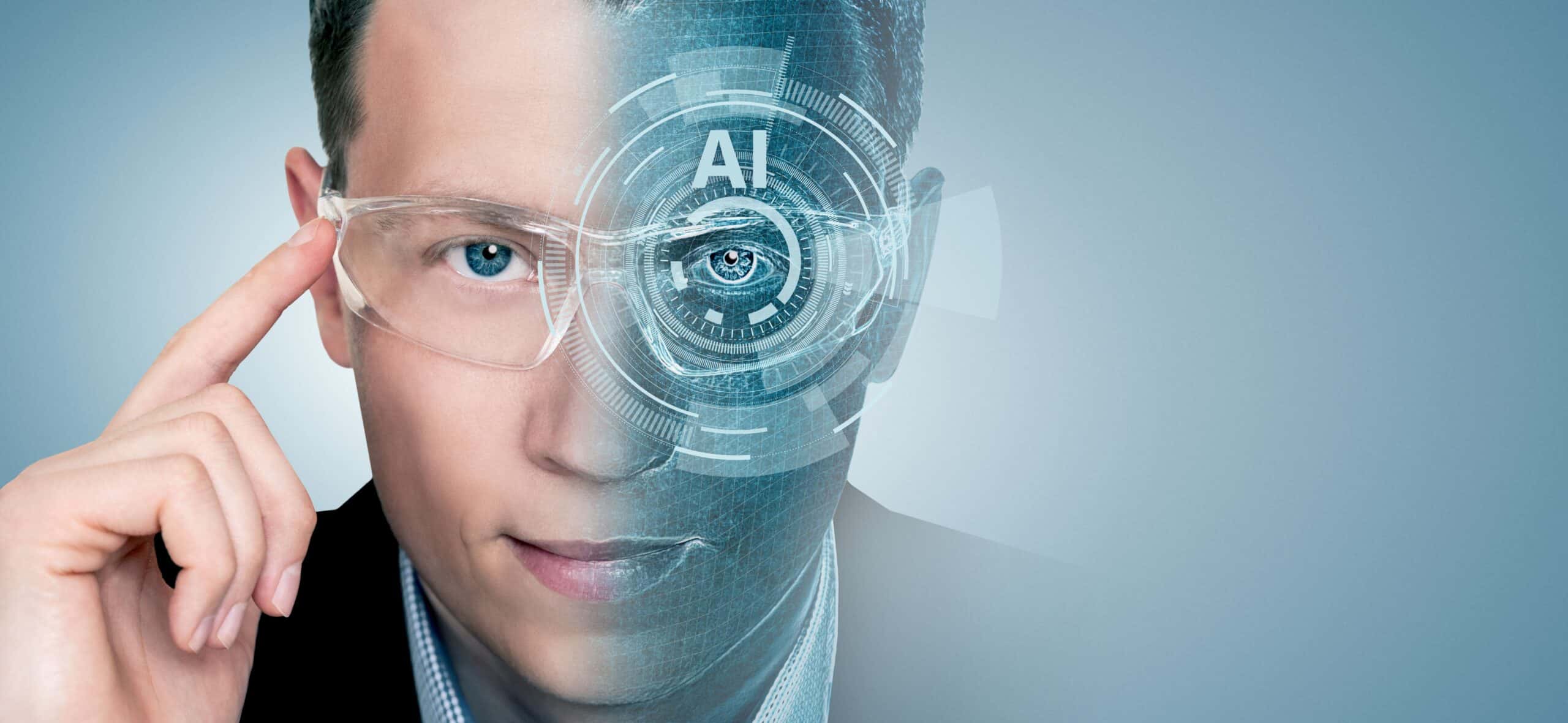- The role of generative AI in human resources
- Generating more accurate and effective job descriptions
- Addressing the talent gap
- Improving employee engagement and retention
Digital technology has had a significant impact on the employment landscape in recent years. From automated software and massive professional databases to one-click applications, technology now pervades almost every aspect of the hiring and recruitment process. Artificial intelligence (AI) in particular is taking on an increasingly prominent role in this area. Faced with a major economic downturn and a growing reliance on remote work, which have led to a significant increase in the number of applicants, today’s hiring managers have their work cut out for them. The fact that HR budgets have been slashed due to similar reasons didn’t help matters either. With this in mind, it’s hardly a surprise that a growing number of employers are now using a combination of complex algorithms, machine learning, and predictive analytics to filter candidates, appraise their skills, and predict their performance.
Automation doesn’t have to be limited to a single stage of the hiring process. It can be used almost anywhere, from skill evaluation to personality assessment. Some companies even use AI to monitor a candidate’s body language during an interview.
In fact, it’s estimated that 99 per cent of Fortune 500 companies use an applicant tracking system (ATS) to sort through candidates. Some of these companies receive thousands of applications for a single job posting, and sifting through these manually can be a nearly impossible task. Technology can help companies automate this process, increase their efficiency, and reduce costs. What’s more, automation doesn’t have to be limited to a single stage of the hiring process — it can be used almost anywhere, from skill evaluation to personality assessment. Some companies even use AI to monitor a candidate’s body language during an interview or to review social media accounts. As the technology develops further and becomes ever-more affordable, even smaller companies are starting to take advantage of its capabilities.
“With generative AI, you can include much more personalisation about the candidate, the job, and what other jobs may be available if there’s a reason the applicant isn’t a fit”.
Talent leader Bryan Hancock
The role of generative AI in human resources
As the latest development in the field of artificial intelligence, generative AI has garnered a lot of attention and attracted millions of users in just a few months — an unprecedented speed of adoption. Unlike many other disruptive technologies of the past, generative AI was instantly available to just about anyone from day one, regardless of their age, physical location, or educational background. What’s more, it is very easy to use and requires almost no technical expertise. While much of the discussion initially revolved around its impact on creative industries, generative AI could theoretically be used in almost any job. According to research conducted by OpenAI, some 80 per cent of jobs today could incorporate some form of generative AI technology into their everyday activities. Of course, the realm of HR is no exception to this trend.
“I think it’ll reshape recruiting in two meaningful ways. The first is helping managers write better job requirements”, says talent leader Bryan Hancock. “That’s not to say managers don’t need to check the end product. They’ll need to be that human in the loop to make sure the job requirement is a good one. But gen AI can dramatically improve speed and quality”. Candidate personalisation is the second potential application of generative AI in HR. “Right now, if you’re an organisation with tens of thousands of applicants, you may or may not have super customised ways of reaching out to the people who have applied”, adds Hancock. “With generative AI, you can include much more personalisation about the candidate, the job, and what other jobs may be available if there’s a reason the applicant isn’t a fit”. Performance reviews could also be significantly transformed by the implementation of generative AI, which can help evaluators sift through the written commentary, number-based scores, and compliance-related measures pertaining to the person they are evaluating, and provide them with more constructive feedback. Of course, it’s not just employers who can benefit from generative AI. Employees could instruct generative AI to recommend new career opportunities that may be open to them based on their skills and experience. Generative AI could also help them identify new competencies they need to acquire in order to improve their prospects in an increasingly crowded labour market.
“For all its flaws and biases, ChatGPT is important because it has shown the potential of generative AI to millions of people, not just the usual early adopter crowd”.
Kieran Snyder, cofounder and CEO of Textio
Generating more accurate and effective job descriptions
The recruitment process is a very time-consuming affair, which involves a lot of laborious activities. One of its aspects that often gets neglected — but is crucial to the effectiveness of the entire process — is writing job descriptions. An accurate and enticing job description can help companies attract the right candidates and screen them more effectively. However, this is often easier said than done. By evaluating a wide range of pertinent data, including the language and structure of existing job descriptions, industry trends, and market demands, generative AI can help companies produce more accurate and effective job descriptions that are tailored specifically to current job vacancies. What’s more, generative AI can help companies eradicate unconscious biases that may otherwise creep into their job descriptions and replace them with more inclusive and impartial terminology, saving HR personnel a lot of time and effort and resulting in a fairer playing field.
To improve diversity, equity, and inclusion within the workplace, the US telecommunications giant T-Mobile recently incorporated the AI-powered writing tool Textio into its recruitment workflow. This new initiative will see 125 recruiters and more than 9,000 hiring managers across the organisation use the software to optimise the language used in job posts, recruiting emails, and employer brand content in order to attract a wider pool of suitable candidates. “We wanted to ensure our job descriptions and recruiting language were as inclusive as possible, to ensure we’re bringing on the right people and helping with our diversity metrics”, explains Lacey Foster, senior manager of talent acquisition programmes at T-Mobile. This proved to be the right move, as it resulted in a 17 per cent increase in the number of women applicants and reduced time-to-fill by up to five days. “For all its flaws and biases, ChatGPT is important because it has shown the potential of generative AI to millions of people, not just the usual early adopter crowd”, says Kieran Snyder, the co-founder and CEO of Textio. “People are expecting experiences that feel magical and fast because they have felt firsthand what those experiences are like”.
“We have an incredible opportunity to deliver next-generation AI that will unlock productivity growth for every individual, organisation, and industry, including the human resources function”.
Satya Nadella, chairman and CEO at Microsoft
Addressing the talent gap
Many companies today are finding it increasingly difficult to bridge the gap between the skills required to remain competitive in the market and those that their existing employees actually possess. The obvious solution to this problem would be to hire new people who do have the necessary skills. However, with the labour market becoming increasingly competitive in recent years, that may not be as simple as it sounds. This has forced companies to rethink not only their hiring and recruitment processes but also how they present their employees with new learning and development opportunities, which were often at odds with employees’ individual expectations. To address these issues and change the way companies attract, retain, and train talent, the software company SAP announced a new collaboration with Microsoft, which will enable companies to use generative AI to streamline their recruitment and employee development processes.
“We have an incredible opportunity to deliver next-generation AI that will unlock productivity growth for every individual, organisation, and industry, including the human resources function”, says Satya Nadella, chairman and CEO at Microsoft. As part of this new collaboration, SAP will integrate its SuccessFactors HR software with Microsoft’s Azure OpenAI Service API, which will enable it to generate more engaging and highly targeted job descriptions, making it easier to attract the right talent. The Azure OpenAI Service API will also be integrated into the interview process, where it will be used to provide interviewers with recommendations on which questions to ask prospective candidates based on their resumes and job descriptions. SAP also announced that the SuccessFactors software will be integrated with Microsoft Viva Learning, a centralised learning hub within Microsoft Teams, which will enable the company to provide its employees with personalised learning recommendations that are more in line with their individual career and development goals. Any time an employee completes a course, the new data is automatically recorded in the database to ensure that the company is always up to date with the state of its skills landscape.
Companies can also use generative AI to provide their employees with more personalised feedback and gratitude messages that serve as a source of inspiration. By recognising each person’s unique abilities and achievements, companies can promote a culture of continuous improvement within the organisation and improve employee motivation.
Improving employee engagement and retention
In today’s dynamic business landscape, employee engagement and retention play a key role in any company’s success. Recognising this, companies around the world are stepping up their efforts to improve these two aspects of their business, with generative AI in particular emerging as a promising option in this regard. By analysing employee data such as job performance, skills, hobbies, and ambitions, generative AI can provide each employee with a highly personalised career development plan that is more in line with their individual aspirations. This can significantly increase their satisfaction levels and reduce the chances of them leaving the company. But that’s not all. Companies can also use generative AI to provide their employees with more personalised feedback and gratitude messages that serve as a source of inspiration. By recognising each person’s unique abilities and achievements, companies can promote a culture of continuous improvement within the organisation and improve employee motivation.
Unilever, one of the world’s largest consumer goods companies, has developed a chatbot named Unabot, which uses natural language processing (NLP) technology to answer any work-related questions employees might have. “Unabot doesn’t only answer HR questions, questions about anything that affects employees should be answered by Unabot, and it is now the front face for any employee question — they might ask it about IT systems, or about their allowances — so we are learning about what matters to employees in real time”, said Leena Nair, who was Unilever’s chief of HR at the time. Among other things, Unabot can answer questions about parking, the bus schedule, or the timing of annual salary reviews. Furthermore, it can adjust its responses based on the person it’s speaking to, taking into account their seniority level and geographical location to filter out information that may not be relevant to them or that they may not have access to.
In closing
In the rapidly evolving employment landscape, generative AI has emerged as a powerful tool for transforming recruitment and employee development processes. By harnessing the potential of complex algorithms, machine learning, and predictive analytics, companies are streamlining their hiring processes, efficiently filtering through a large pool of candidates, and evaluating their skills and potential performance. Generative AI is not limited to the initial stages of recruitment; it extends to skill evaluation, personality assessment, and even monitoring candidate behaviour during interviews. The integration of generative AI in HR practices empowers both employers and employees, facilitating personalised career development plans, constructive feedback, and tailored recognition programmes. As this technology continues to advance and become more accessible, organisations of all sizes can leverage its capabilities to address the talent gap, attract diverse talent, and foster employee engagement and retention.







